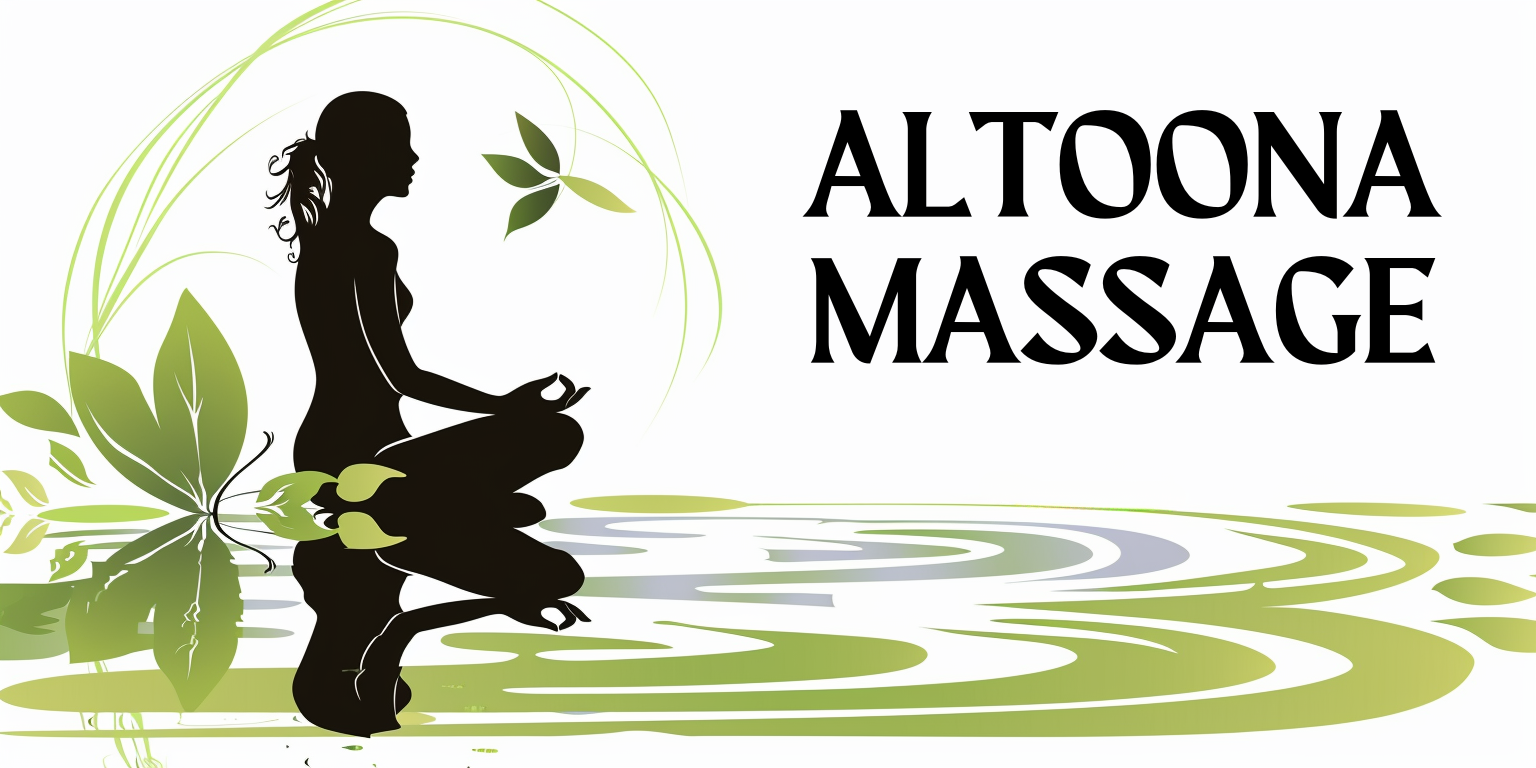Neuromuscular massage is a specialized form of bodywork that focuses on the intricate relationship between the nervous system and the muscular system. This therapeutic technique aims to alleviate pain, improve mobility, and enhance overall well-being by addressing the underlying causes of muscle tension and discomfort. As you delve into the world of neuromuscular massage, you will discover how it can be a powerful tool in your wellness arsenal, offering relief from chronic pain and promoting a deeper understanding of your body’s mechanics.
In recent years, the popularity of neuromuscular massage has surged, as more individuals seek holistic approaches to health and wellness. This method is not merely about relaxation; it is a targeted therapy that requires a deep understanding of anatomy and physiology. By engaging with this practice, you can unlock the potential for healing and rejuvenation, allowing you to reclaim your physical vitality and emotional balance.
Key Takeaways
- Neuromuscular massage targets specific trigger points to relieve pain and improve muscle function.
- The neuromuscular system includes the nerves, muscles, and connective tissues that work together to control movement and posture.
- Benefits of neuromuscular massage include pain relief, improved flexibility, and increased range of motion.
- Techniques used in neuromuscular massage include deep tissue pressure, friction, and stretching to release tension and improve circulation.
- Neuromuscular massage works by addressing the root cause of pain and dysfunction in the neuromuscular system, rather than just treating symptoms.
Understanding the Neuromuscular System
The Neuromuscular System: A Complex Interaction
The neuromuscular system comprises the complex interactions between your nerves and muscles, which work together to facilitate movement and maintain posture. When you experience pain or discomfort, it often stems from dysfunction within this system, whether due to injury, overuse, or stress.
Understanding the Root of the Problem
By gaining insight into how your body operates, you can better comprehend how neuromuscular massage can address these issues. The neuromuscular system is responsible for transmitting signals from your brain to your muscles, enabling you to perform everyday activities. When this communication is disrupted, it can lead to muscle tightness, spasms, and even chronic pain conditions.
Restoring Balance with Neuromuscular Massage
Neuromuscular massage targets these disruptions by applying specific techniques that stimulate nerve endings and promote blood flow, ultimately restoring balance to your body. Understanding this connection empowers you to take an active role in your health journey.
The Benefits of Neuromuscular Massage

The benefits of neuromuscular massage extend far beyond mere relaxation. One of the most significant advantages is its ability to relieve chronic pain conditions such as fibromyalgia, sciatica, and tension headaches. By addressing the root causes of pain rather than just masking symptoms, neuromuscular massage can provide long-lasting relief.
As you experience this therapy, you may find that your overall quality of life improves, allowing you to engage more fully in activities you love. In addition to pain relief, neuromuscular massage can enhance your athletic performance and recovery. Whether you are a seasoned athlete or a weekend warrior, this technique can help improve flexibility, reduce muscle soreness, and prevent injuries.
By incorporating neuromuscular massage into your routine, you can optimize your physical capabilities and support your body’s natural healing processes. The cumulative effects of regular sessions can lead to increased strength and endurance, allowing you to push your limits safely.
Techniques Used in Neuromuscular Massage
Neuromuscular massage employs a variety of techniques designed to target specific muscle groups and alleviate tension. One common method is trigger point therapy, which involves applying pressure to localized areas of muscle tightness known as trigger points. These points can refer pain to other areas of the body, making it essential to identify and release them for effective treatment.
As you undergo this therapy, you may experience a sensation of relief as the therapist works through these tight spots. Another technique often used in neuromuscular massage is myofascial release. This approach focuses on the fascia—the connective tissue surrounding muscles—and aims to release restrictions that may be contributing to discomfort.
By gently stretching and manipulating the fascia, your therapist can help restore proper alignment and function within your body. The combination of these techniques allows for a comprehensive approach to addressing neuromuscular issues, ensuring that you receive tailored care that meets your unique needs.
How Neuromuscular Massage Works
The effectiveness of neuromuscular massage lies in its ability to stimulate the nervous system while simultaneously addressing muscular tension. When pressure is applied to specific areas of the body, it sends signals to the brain that can help reset the nervous system’s response to pain. This process encourages the release of endorphins—your body’s natural painkillers—resulting in a sense of relaxation and well-being.
Additionally, neuromuscular massage promotes increased blood circulation to the affected areas. Improved blood flow delivers essential nutrients and oxygen to muscles while facilitating the removal of metabolic waste products. This dual action not only aids in recovery but also enhances overall muscle function.
As you engage with this therapeutic practice, you may notice a gradual improvement in your body’s responsiveness and resilience.
Conditions Treated with Neuromuscular Massage

Relief from Chronic Pain
Chronic pain syndromes such as lower back pain, neck pain, and migraines are commonly treated with this approach. By addressing the underlying muscular imbalances and nerve dysfunctions associated with these conditions, neuromuscular massage can provide significant relief and improve your overall quality of life.
Reducing Stress and Anxiety
Beyond chronic pain, neuromuscular massage can also benefit individuals dealing with stress-related issues such as anxiety and depression. The therapeutic touch involved in this practice promotes relaxation and encourages mindfulness, allowing you to reconnect with your body and emotions.
Emotional Balance and Mental Clarity
As you explore this form of therapy, you may find that it not only alleviates physical discomfort but also fosters a greater sense of emotional balance and mental clarity.
Finding a Qualified Neuromuscular Massage Therapist
When seeking neuromuscular massage therapy, it is crucial to find a qualified practitioner who possesses the necessary training and experience. Look for therapists who have completed specialized courses in neuromuscular therapy or have certifications from reputable organizations. A skilled therapist will have a deep understanding of anatomy and physiology, enabling them to tailor their approach to your specific needs.
Before committing to a session, consider scheduling a consultation with potential therapists. This meeting allows you to discuss your concerns and goals while assessing their communication style and approach to treatment. A good therapist will listen attentively and create a personalized plan that addresses your unique situation.
By taking the time to find the right practitioner, you can ensure that your experience with neuromuscular massage is both effective and enjoyable.
Incorporating Neuromuscular Massage into Your Wellness Routine
Incorporating neuromuscular massage into your wellness routine can be a transformative experience that enhances both physical health and emotional well-being. As you explore this therapeutic practice, you may discover new levels of relaxation and relief from chronic pain that you never thought possible. Regular sessions can help maintain balance within your neuromuscular system, allowing you to navigate life’s challenges with greater ease.
Ultimately, prioritizing self-care through neuromuscular massage empowers you to take control of your health journey. By investing in this holistic approach, you are not only addressing existing issues but also fostering a deeper connection with your body. Embrace the opportunity to enhance your quality of life through this powerful therapy, and watch as it positively impacts various aspects of your well-being for years to come.
FAQs
What is neuromuscular massage?
Neuromuscular massage is a specialized form of massage therapy that focuses on the treatment of soft tissue pain and injury. It targets trigger points, which are areas of muscle that are sensitive to touch and can cause pain in other parts of the body.
How does neuromuscular massage work?
Neuromuscular massage works by applying concentrated pressure to specific areas of muscle tissue in order to release trigger points and alleviate pain. This type of massage also aims to improve blood flow, reduce muscle tension, and restore proper muscle function.
What conditions can neuromuscular massage help with?
Neuromuscular massage can help with a variety of conditions, including chronic pain, sports injuries, postural imbalances, and repetitive strain injuries. It is also effective in treating conditions such as sciatica, carpal tunnel syndrome, and tension headaches.
Who can benefit from neuromuscular massage?
Anyone experiencing muscle pain, tension, or injury can benefit from neuromuscular massage. This type of massage is particularly beneficial for athletes, individuals with chronic pain conditions, and those with postural issues or repetitive strain injuries.
Is neuromuscular massage safe?
Neuromuscular massage is generally considered safe when performed by a trained and licensed massage therapist. However, individuals with certain medical conditions, such as blood clotting disorders or acute injuries, should consult with a healthcare professional before receiving neuromuscular massage.
